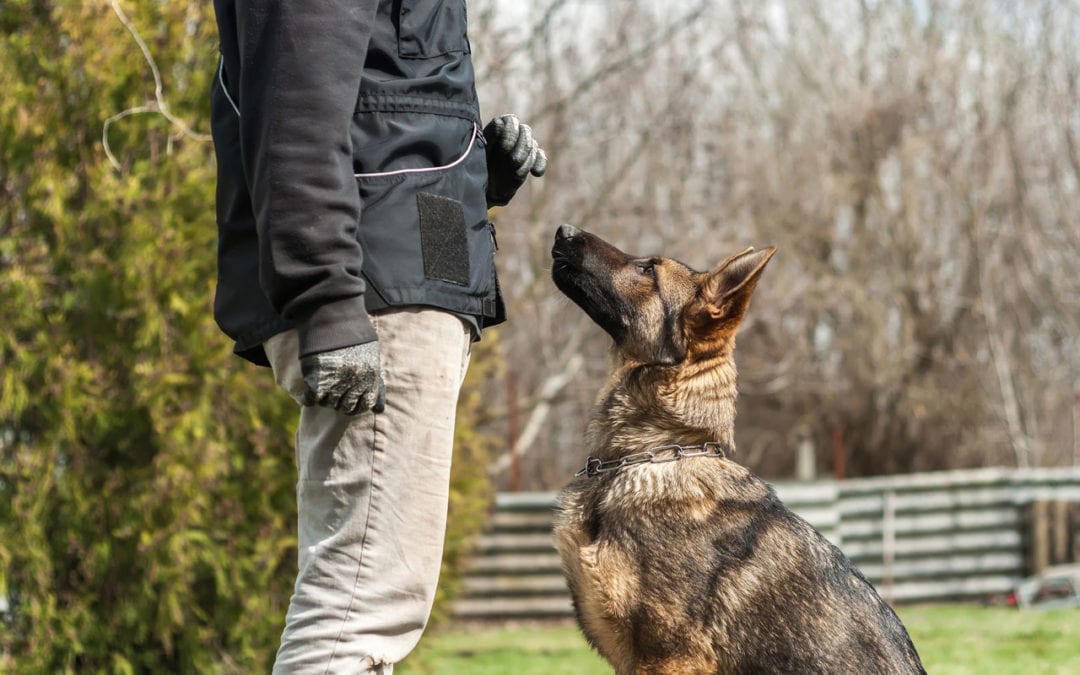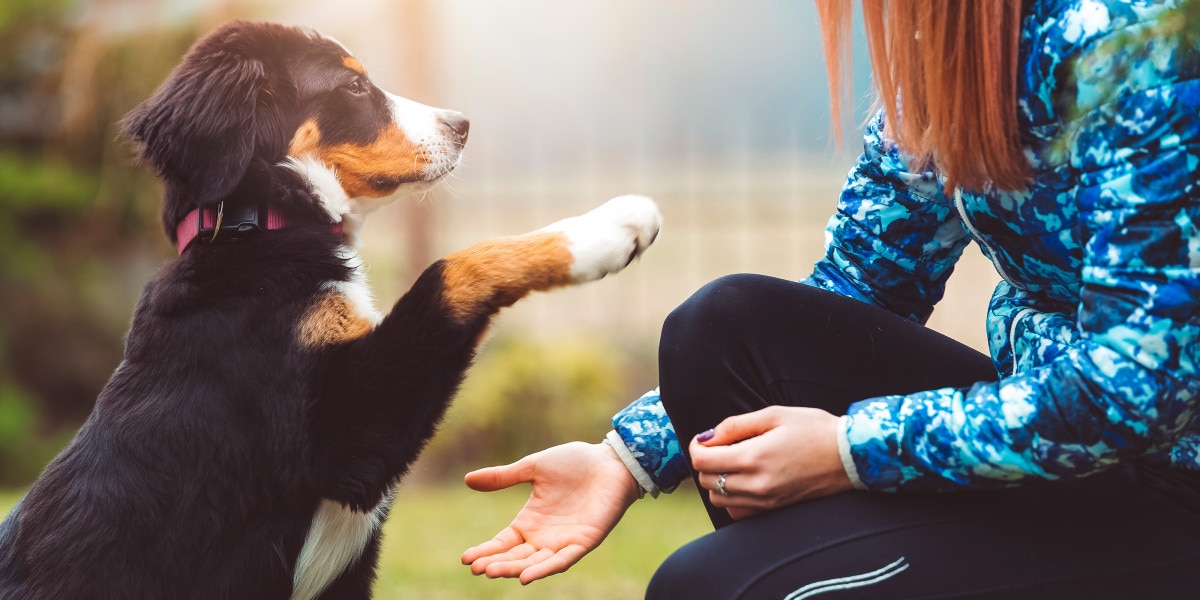Leading Puppy Training Techniques to Guarantee a Well-Behaved Pet
Efficient puppy training is important for cultivating a mannerly buddy, and various methods can substantially influence a dog's advancement. As we explore these approaches additionally, it ends up being clear that the success of puppy training hinges on a combination of approaches that can transform your family pet's habits in exceptional methods.
Favorable Support Techniques
Making use of positive support methods is essential for efficient puppy training, as it urges preferred behaviors with benefits as opposed to punishment. This approach profits from the natural knowing processes of dogs, enhancing etiquette by offering immediate and substantial rewards, such as deals with, praise, or play. By associating favorable results with specific activities, puppies are more probable to repeat those actions in the future.
Benefits need to be provided instantly after the preferred behavior occurs to produce a clear connection in the puppy's mind. Additionally, differing the types of incentives can preserve a puppy's passion and motivation throughout the training process.

Uniformity in Training Commands
Preserving uniformity in training commands is important for enhancing the lessons learned through favorable reinforcement techniques. Pet dogs grow on routine and predictability, so using the same verbal commands and hand signals for details actions is essential. This uniformity aids puppies understand what is expected of them, reducing confusion and stress for both the fitness instructor and the pet dog.

Timing also plays a substantial duty in uniformity. Commands need to be supplied promptly during training sessions and complied with promptly by favorable reinforcement, such as treats or appreciation. This instant action assists strengthen the association in between the command and the desired behavior.
Integrating uniformity into training sessions will certainly develop a secure learning setting, advertising quicker proficiency of commands. Eventually, a well-structured method fosters a strong bond in between the pup and its owner, causing a much more mannerly and obedient pet.
Socializing With Other Family Pets
Socialization with various other pets is crucial for a young puppy's advancement, as it helps them find out suitable actions and interaction abilities in varied social contexts. Very early interactions with different pets can substantially influence a pup's temperament and flexibility in numerous situations. When young puppies are subjected to a range of pets, they come to be a lot more positive and less fearful, which can prevent potential behavioral issues later in life.

Moreover, observing body movement during communications is vital. Instruct your puppy to recognize signals from other pet dogs, such as indicators of playfulness or discomfort, cultivating shared regard and understanding. Routine socializing not only improves your pup's social abilities but likewise adds to their total well-being, developing an extra unified living atmosphere. Finally, prioritizing communications with other animals will generate a socially experienced and all-around pet dog.
Pet Crate Training Advantages
Acknowledging the many advantages of pet crate training can considerably improve both the young puppy's and proprietor's experience. Crate training provides a secure and risk-free environment for pups, ensuring they feel secured when laid off. This complacency can substantially lower stress and anxiety and tension degrees for both the pet dog and the owner.
Additionally, pet crates function as a beneficial house-breaking device. Young puppies normally prevent soiling their sleeping location, therefore urging them to hold their bladder until they are allow outdoors. This reaction can expedite the house-breaking procedure, cultivating excellent habits beforehand.
When unsupervised,Crate training also helps in managing a puppy's behavior - puppy training. more helpful hints By supplying a marked room, proprietors can protect against devastating habits, such as chewing on furniture or entering into unsafe materials. Crates can be advantageous throughout travel, supplying an acquainted room that can help relax a young puppy in new settings.
Finally, establishing a crate routine motivates freedom, permitting pups to discover how to be alone without worry. In general, crate training look these up is an efficient method for advertising peace, technique, and safety, leading to a well-adjusted, mannerly animal.
Leash Training Basics
Leash training is an essential aspect of accountable family pet possession that ensures a satisfying and risk-free strolling experience for both the pup and its proprietor. Appropriate leash training begins early, ideally during the young puppy's socializing duration. When out in public., this training helps establish excellent behaviors and promotes positive behaviors.
To start, choose a comfortable collar or harness that fits your puppy well. Affix a sturdy leash, ensuring it is not also long, as this can cause pulling and unpredictable behavior. Begin in a quiet atmosphere to reduce disturbances and slowly introduce your young puppy to new surroundings.
Usage positive reinforcement methods, such as treats and praise, to encourage your pup to stroll close to you. If your young puppy draws, quit walking and wait for them to return to your side before continuing.
Additionally, incorporate brief training sessions with enjoyable disturbances to construct your young puppy's focus. With commitment and persistence, chain training will certainly lead to an accommodating friend, making strolls enjoyable for both the owner and the pup.
Verdict
In final thought, utilizing effective pup training strategies is critical for creating a well-behaved pet. Favorable support fosters trust and urges preferred habits, while consistency in commands help in understanding. Socialization with various other animals boosts flexibility and social skills, and crate training offers a secure setting that supports house-training initiatives. Leash training develops proper strolling habits, adding to enjoyable trips. In general, these approaches collectively promote an unified relationship in between puppies and their Visit Your URL proprietors.
As we discover these methods additionally, it becomes clear that the success of puppy training hinges on a mix of strategies that can transform your family pet's actions in amazing methods.
Making use of positive reinforcement methods is crucial for effective young puppy training, as it urges desired habits via rewards rather than penalty.Crate training additionally aids in handling a pup's actions when unsupervised.Leash training is an essential element of liable pet ownership that makes sure a satisfying and secure walking experience for both the pup and its owner.In final thought, using effective puppy training techniques is important for establishing a mannerly family pet.